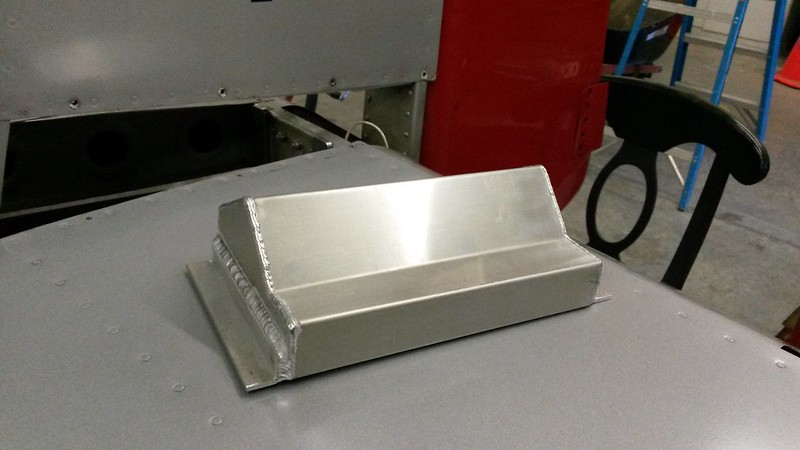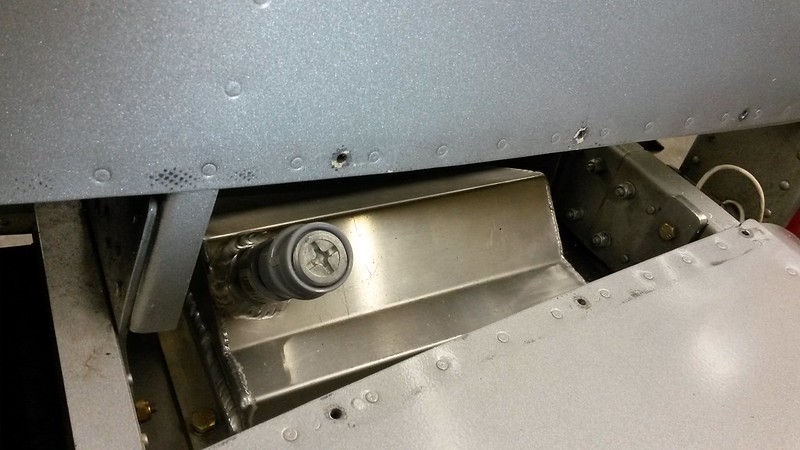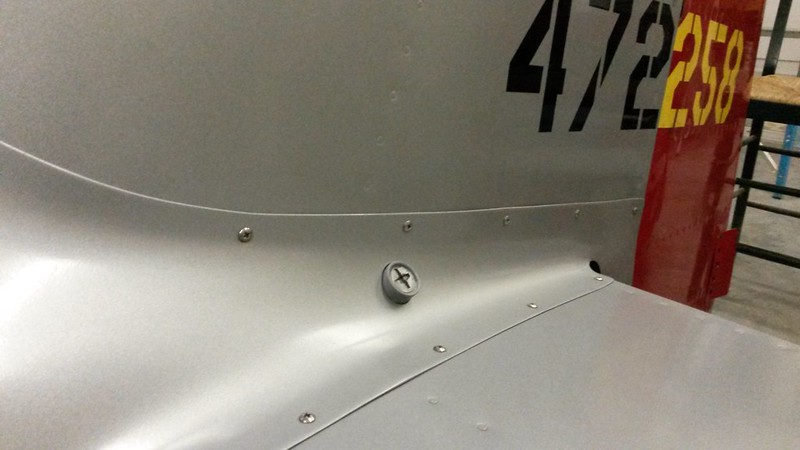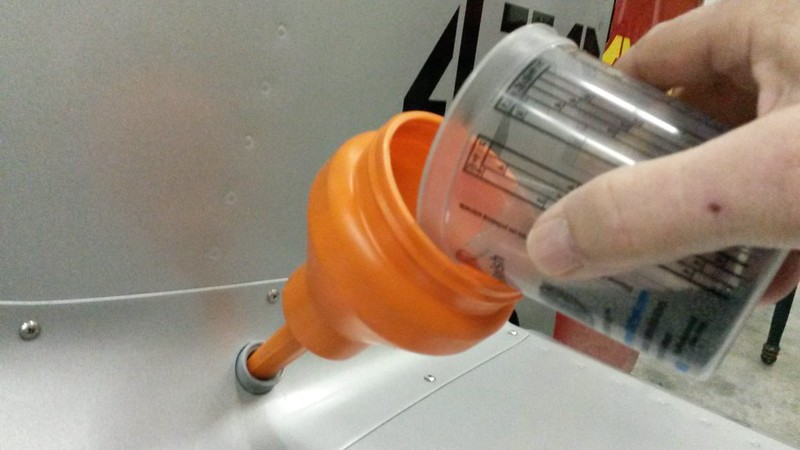ronschreck
Well Known Member
Did you ever wonder why two-seat aerobatic airplanes like the Extra 330LX, the Pitts S2 or the Decathlon are flown solo from the rear seat? It’s all about managing the center of gravity (CG) for optimum aerobatic performance. Since the passenger seats in the above examples are located almost directly on the aircraft CG the addition of a passenger has little or no effect on the overall CG of the airplane. The tandem two-seat RV-4 and RV-8 are flown solo from the front seat so adding a passenger to the rear seat will move the CG aft. In most cases the RV-4/8 can accommodate only very light passengers without exceeding the aft CG limit for aerobatic flight.
I have found that my ideal CG location for aerobatics is at about 25% of the Mean Aerodynamic Chord (MAC). At this position the stick pressure required for aerobatic flight is rather light and spin and snap roll entries are crisper and more controllable. The lighter elevator control is most noticeable and appreciated during inverted flight. To achieve the 25% MAX CG would require me to put 68 pounds of ballast or my nine year old granddaughter in the back seat. Of course an extra 68 pounds in the aircraft would seriously degrade aerobatic performance. I found that only 20 pounds of ballast in the tail of my RV would result in the same movement of the CG and a perfect place to put that weight is under the empennage fairing right between the front and rear spar of the horizontal stabilizer.
Now here’s the problem: While the twenty pounds of ballast would be great for aerobatics it would severely limit my ability to carry passengers and baggage without exceeding the normal aft CG limit. I would have to remove the ballast every time I loaded the aircraft with my wife, two Chihuahuas and 50 pounds of luggage. (Yes, that’s our typical cross country load!)
Competitive sailplanes carry water ballast to increase speed and move their CG aft to reduce induced drag. When no longer needed the water is vented overboard. Since there is no room for 2.4 gallons (20 pounds) of water in the tail of my RV-8 I am using 20 pounds of #9 lead shot which pours just like water! The aluminum container is pictured below. (My thanks to my good friend Gary DeHart who welded it up for me!) A filler neck sticks through the empennage fairing and a drain tube exits at the bottom of the fuselage. All made from PVC conduit I found in the aircraft aisle at Home Depot.
BALLAST BOX AFTER WELDING SEAMS

FILLER NECK INSTALLED WITH BOX MOUNTED

FAIRING INSTALLED

FILLING BALLAST BOX WITH #9 LEAD SHOT

I have found that my ideal CG location for aerobatics is at about 25% of the Mean Aerodynamic Chord (MAC). At this position the stick pressure required for aerobatic flight is rather light and spin and snap roll entries are crisper and more controllable. The lighter elevator control is most noticeable and appreciated during inverted flight. To achieve the 25% MAX CG would require me to put 68 pounds of ballast or my nine year old granddaughter in the back seat. Of course an extra 68 pounds in the aircraft would seriously degrade aerobatic performance. I found that only 20 pounds of ballast in the tail of my RV would result in the same movement of the CG and a perfect place to put that weight is under the empennage fairing right between the front and rear spar of the horizontal stabilizer.
Now here’s the problem: While the twenty pounds of ballast would be great for aerobatics it would severely limit my ability to carry passengers and baggage without exceeding the normal aft CG limit. I would have to remove the ballast every time I loaded the aircraft with my wife, two Chihuahuas and 50 pounds of luggage. (Yes, that’s our typical cross country load!)
Competitive sailplanes carry water ballast to increase speed and move their CG aft to reduce induced drag. When no longer needed the water is vented overboard. Since there is no room for 2.4 gallons (20 pounds) of water in the tail of my RV-8 I am using 20 pounds of #9 lead shot which pours just like water! The aluminum container is pictured below. (My thanks to my good friend Gary DeHart who welded it up for me!) A filler neck sticks through the empennage fairing and a drain tube exits at the bottom of the fuselage. All made from PVC conduit I found in the aircraft aisle at Home Depot.
BALLAST BOX AFTER WELDING SEAMS

FILLER NECK INSTALLED WITH BOX MOUNTED

FAIRING INSTALLED

FILLING BALLAST BOX WITH #9 LEAD SHOT

Last edited:






